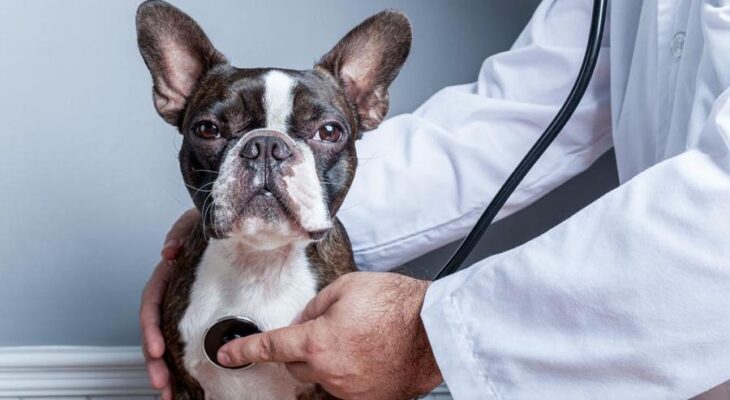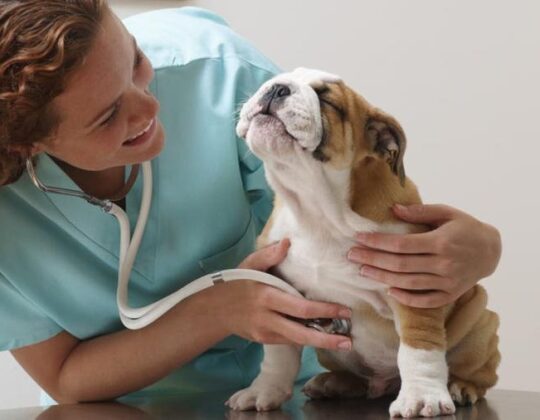Pet insurance offers peace of mind to pet owners by providing financial assistance to cover the costs of veterinary care. However, navigating the reimbursement process for pet insurance claims can be confusing for many pet owners. Understanding how the reimbursement process works is crucial for ensuring that pet owners receive timely reimbursement for eligible veterinary expenses. In this article, we’ll explore the reimbursement process for pet insurance claims, including how to submit claims, the factors that influence reimbursement, and tips for maximizing reimbursement.
- Submitting a Claim:
The first step in the reimbursement process is to submit a claim to your pet insurance provider. Most pet insurance companies offer online portals or mobile apps where pet owners can submit claims electronically. Alternatively, pet owners can submit claims via email, fax, or regular mail by completing a claim form provided by the insurance company. When submitting a claim, pet owners should include all relevant documentation, such as itemized invoices, medical records, and receipts, to support the claim.
- Review and Processing:
Once the pet insurance provider receives the claim, it will be reviewed and processed by claims administrators or adjusters. During the review process, the insurance company will assess the claim’s eligibility and determine whether the expenses are covered under the pet insurance policy. This may involve verifying the pet’s coverage, confirming the treatment or procedure’s medical necessity, and ensuring that the expenses fall within the policy’s coverage limits and exclusions.
- Determining Reimbursement:
After reviewing the claim, the pet insurance provider will determine the reimbursement amount based on the policy’s terms and conditions. Reimbursement amounts are typically calculated as a percentage of the eligible veterinary expenses, minus any applicable deductibles, copayments, or coinsurance. The reimbursement percentage may vary depending on the policy’s coverage level, with higher coverage levels typically resulting in higher reimbursement percentages.
- Factors Influencing Reimbursement:
Several factors can influence the reimbursement amount for pet insurance claims, including:
- Coverage Level: The coverage level selected by the pet owner, such as basic, standard, or premium coverage, can impact the reimbursement percentage for eligible expenses.
- Deductible: The deductible is the amount that the pet owner is responsible for paying out of pocket before the insurance company begins reimbursing eligible expenses. Higher deductibles typically result in lower monthly premiums but may require pet owners to pay more upfront before receiving reimbursement.
- Copayment/Coinsurance: Some pet insurance policies require pet owners to pay a percentage of the eligible expenses, known as a copayment or coinsurance. The copayment/coinsurance amount is subtracted from the eligible expenses before calculating the reimbursement amount.
- Coverage Limits: Pet insurance policies may have annual or lifetime coverage limits that cap the maximum amount of reimbursement for eligible expenses. Pet owners should be aware of these limits and monitor their pet’s healthcare expenses to avoid exceeding them.
- Receiving Reimbursement:
Once the reimbursement amount has been determined, the pet insurance provider will issue payment to the pet owner. Reimbursements are typically sent via check or electronic funds transfer (EFT) to the pet owner’s designated bank account. Some pet insurance companies offer direct payment to veterinary clinics, allowing pet owners to pay only the out-of-pocket expenses at the time of service and receive reimbursement directly from the insurance company.
- Timeliness of Reimbursement:
The timeliness of reimbursement can vary depending on the pet insurance provider and the complexity of the claim. In general, pet owners can expect to receive reimbursement within a few weeks of submitting a claim, although processing times may vary. To expedite the reimbursement process, pet owners should ensure that all required documentation is complete and accurate when submitting claims and promptly respond to any requests for additional information from the insurance company.
Conclusion:
Navigating the reimbursement process for pet insurance claims doesn’t have to be daunting. By understanding how the process works and being proactive in submitting claims and providing documentation, pet owners can ensure timely reimbursement for eligible veterinary expenses. It’s essential for pet owners to familiarize themselves with their pet insurance policy’s terms and conditions, including coverage levels, deductibles, copayments/coinsurance, and coverage limits, to maximize reimbursement and make informed decisions about their pet’s healthcare. With pet insurance coverage in place, pet owners can provide their furry companions with the best possible care without worrying about the financial burden of unexpected veterinary expenses.










